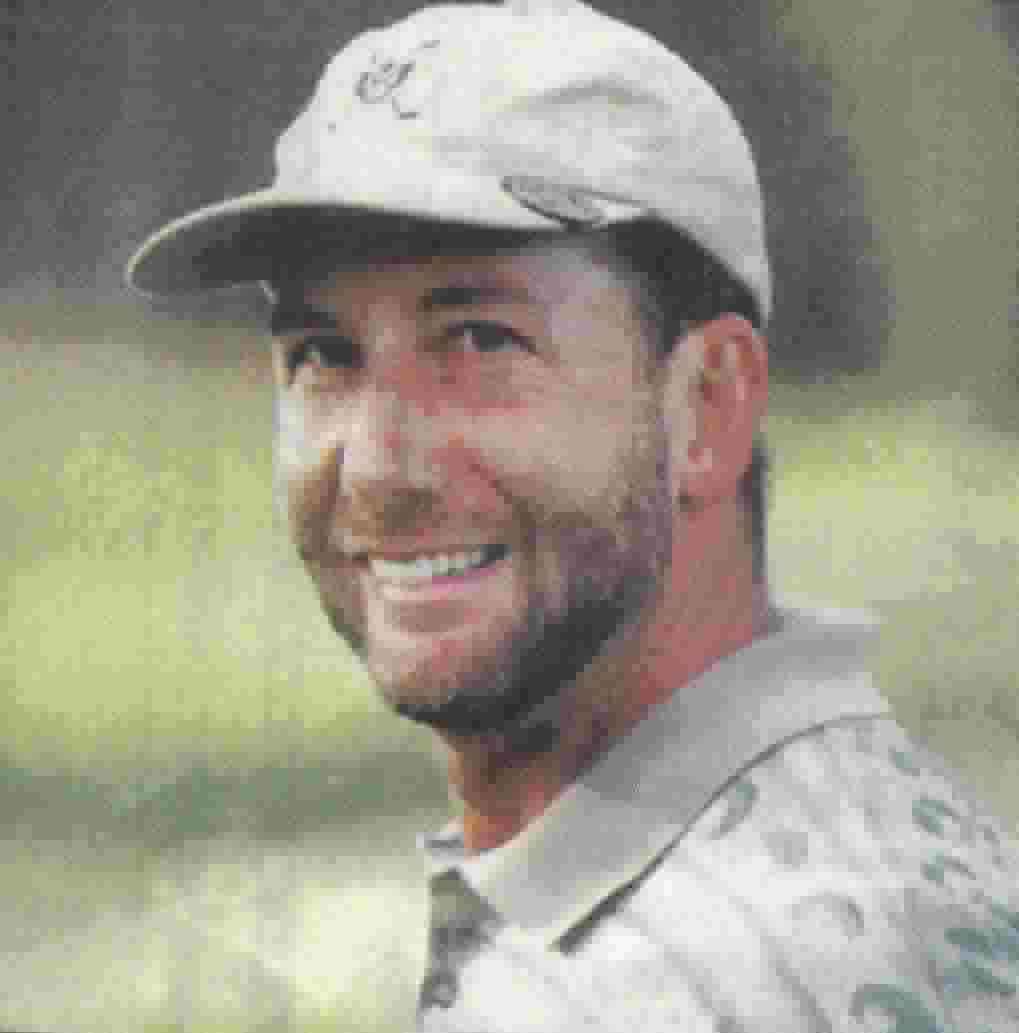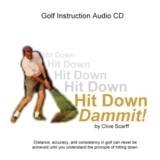The Short Game Part 1: Statistical Significance
Read
other Parts from the
Technology and Distance series
here, Archives.
If you'd
like one on
one explanations
about the topic,
sign up for the PGI
Member Select Club and
I'll answer all your
questions in a prompt,
thorough fashion.
Now on to this week's
topic.
I. The Statistical
Significance of the
Short Game
Most
golfers are aware
of the importance
of a good short
game. Or, are they?
When given limited
time to practice,
what would you
rather do for practice?
Practice your chipping,
sand play, putting,
or hit balls on
the range, especially
with the driver.
Most golfers don't
put enough practice
time into the short
game. I think it's
partly because
they really don't
appreciate its
significance. I'll
lay out its real
statistical significance
here.
A
lot has been written
about statistics
of PGA Tour players
over the years.
Very little has
written about the
average player
(by far, the majority
of golfers). One
of my latest studies
focuses on this
topic by comparing
players of various
handicaps. See
more here.
One of the best
studies I've read
was done by L.J.
Riccio in 1990.
It was published
in the first "Scientific
Congress of Golf"
volume and was
titled, "Statistical
Analysis of the
Average Golfer."
In
his study, Riccio,
he included a vast
number of scores
from players whose
abilities ranged
from shooting on
average 71 to 99.
For the purposes
of this discussion,
I'm going to use
the data to compare
a player that averages
79 with a player
that averages 91.
CATEGORY |
Average Score
79 |
Average Score
91 |
Greens in Regulation
GIR |
8 |
2 |
% Fairways
Hit |
61 |
31 |
Iron Accuracy
% |
53 |
13 |
Shots no well
hit |
8.5 |
17.0 |
Putts per round |
31.7 |
35.7 |
The 79 shooter hits
significantly more
greens, partly because
he hits more fairways
to begin with; he
simply strikes the
golf ball better
because of a better,
more consistent swing.
You'd think, however,
that the 91 shooter
would have fewer
putts. Since he misses
most greens, would
he not then chip
or wedge his ball
closer to the hole
than the 79 shooter
would from the fairway?
The fact is that
the 91 shooter shoots
91 because he doesn't
hit the ball as well,
but, more importantly,
he is even worse
at recovering from
missed greens.
Here's
an interesting experiment
to try. If you're
a low handicapper,
play with a high
handicapper, and
vice-versa. Once
the low handicapper
has made an attempt
at hitting the green,
have the high handicapper
complete the hole.
Likewise, once the
high handicapper
has made an attempt
at hitting the green
(this may be 3rd
or 4th shot), have
the low handicapper
complete the hole.
Do this on each hole
and see what the
total scores are?
You'll find that
the low handicapper's
ball will score much
higher than normal
as the high handicapper's
ball will score much
lower.
Better
players have better
short games. Better
players are better
players because they
have better short
games. In terms of
time investment,
all players will
lower their scores
more significantly
by working on their
short games than
their long games,
especially higher
handicappers. It
would take significant
practice for a 91
shooter to improve
his swing and technique
enough to go from
hitting 2 greens
(11%) a round to
4 greens (22%) a
round. An 11%
reduction is short
game shots would
be much easier to
realize.
Good
players have good
short games. A good
short game is even
more important to
a good player for
consistent scoring.
A 79 shooter takes
on average 31.7 or
32 putts, which is
40% of his total
strokes. A 91 shooter
averages 35.7 or
36 putts, which is
39% of his total
strokes. Putting
is the most important
aspect of the short
game. It is your
putting that can
save the day. Putting
is what all players
should spend the
most time trying
to improve. Do you?
In
coming weeks, I'll
lay out some ways
that you can improve
your short game.
My emphasis will
be, of course,
on providing you
with information
that will enable
you to make better
decisions on what
kind of shot to
play, and how to
play it. I'll also
share some of the
swing/stroke techniques
I use to maintain
my 2 handicap,
even though I rarely
practice anymore.
Purchase
my Longest
Golf Ball Report (over
250 sold so far)
in which I statistically
analyze
distances
of over 70 different
golf balls with
differing constructions.
The balls were
hit
using a mechanical
hitting machine.
Play
with my Driver
Distance Calculator.
You can input such
variables as loft
and clubhead speed
to determine the
optimum loft. I'll
be adding to it
soon so that you
can input different
golf ball parameters
such as speed and
spin.
A list of resources that have been used to produce this newsletter
can be found on my
website here.
The next newsletter's topic will be on reading putts (break
and distance). If you
have any questions ahead of
time, send me an email.
The focus
of my site
is to utilize science
and math to lower
your score. New technology
is one
way to achieve this,
but to be honest,
the technology is
one small piece of
the puzzle.
To actually improve significantly,
we all need to:
1. Improve our swings using CD
Interactive, Hit
Down Dammit!
2. Learn how to swing simpler
like the Iron Byron
with the great coffee
table book, Swing
Machine Golf!
3. Improve our physical fitness
and strength.
The
Golf Trainer Power
Performance Programô
4. Improve our mental games.
Golf
Mind Software
5. Improve our Probable
Golf games.
Learn how to make better
choices on the course
through knowing how
shot patterns and reading
the elements and course
better.
Click on the links above to
take a look at
ways that I personally
use myself and
recommend you try
as well.
Hope
I provided some useful
ways for to become
better prepared for
you best golf season
ever.
Ken Tannar
If you'd like to opt out of this newsletter, send
me an email with the subject "opt
out, please"
|








